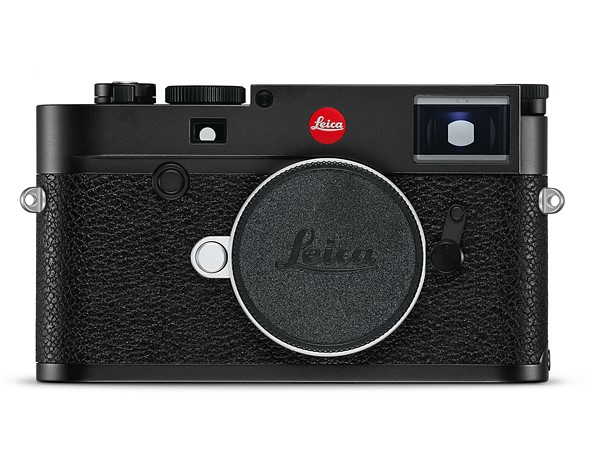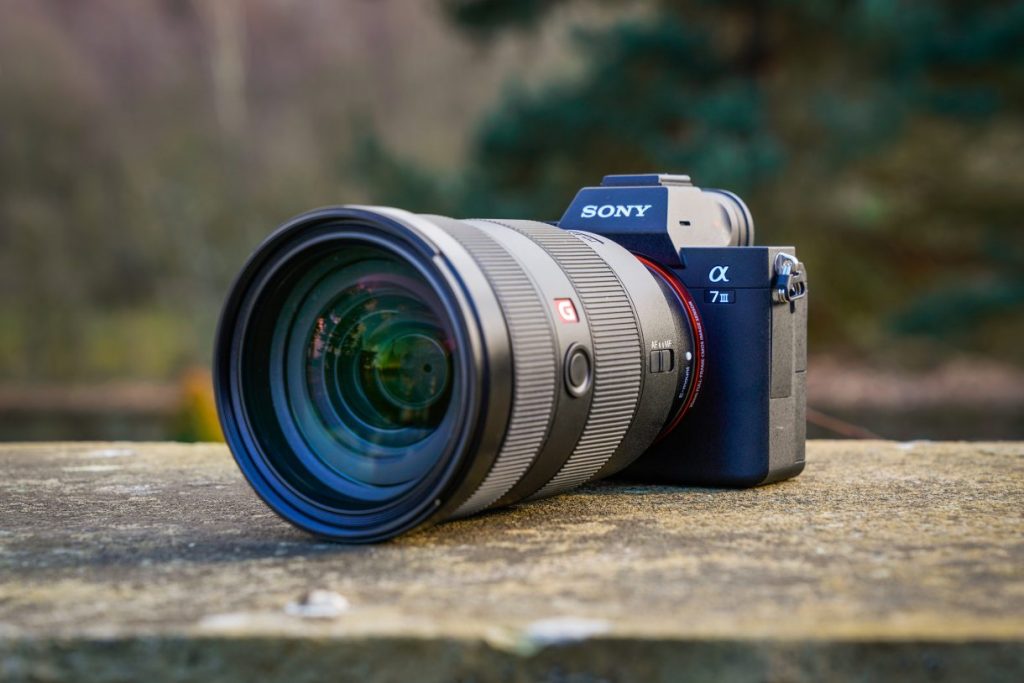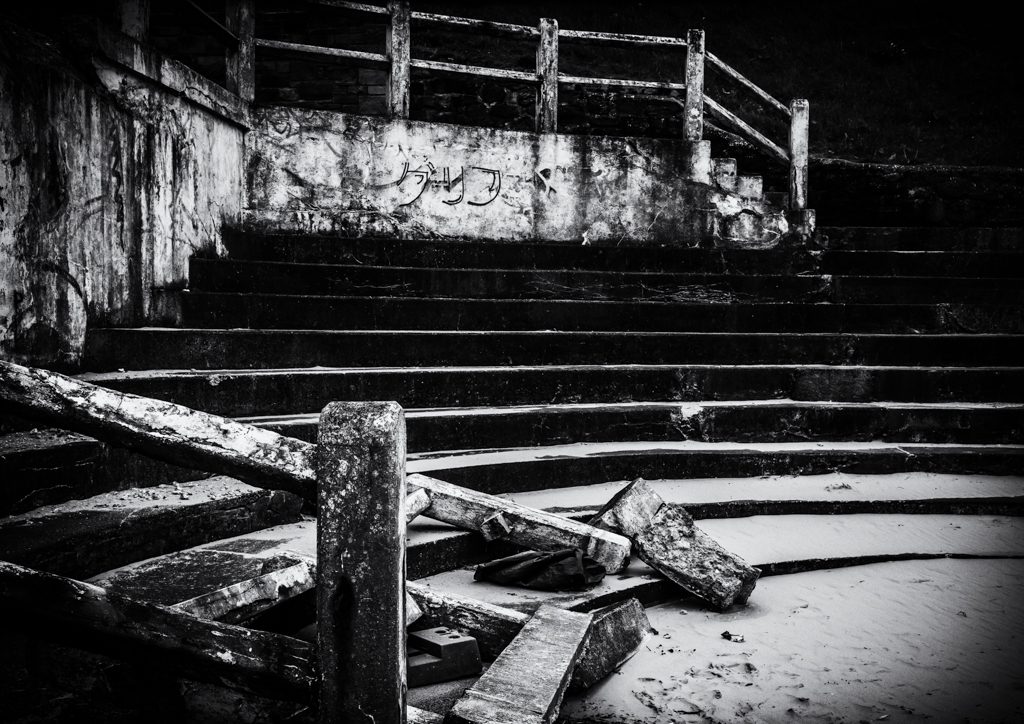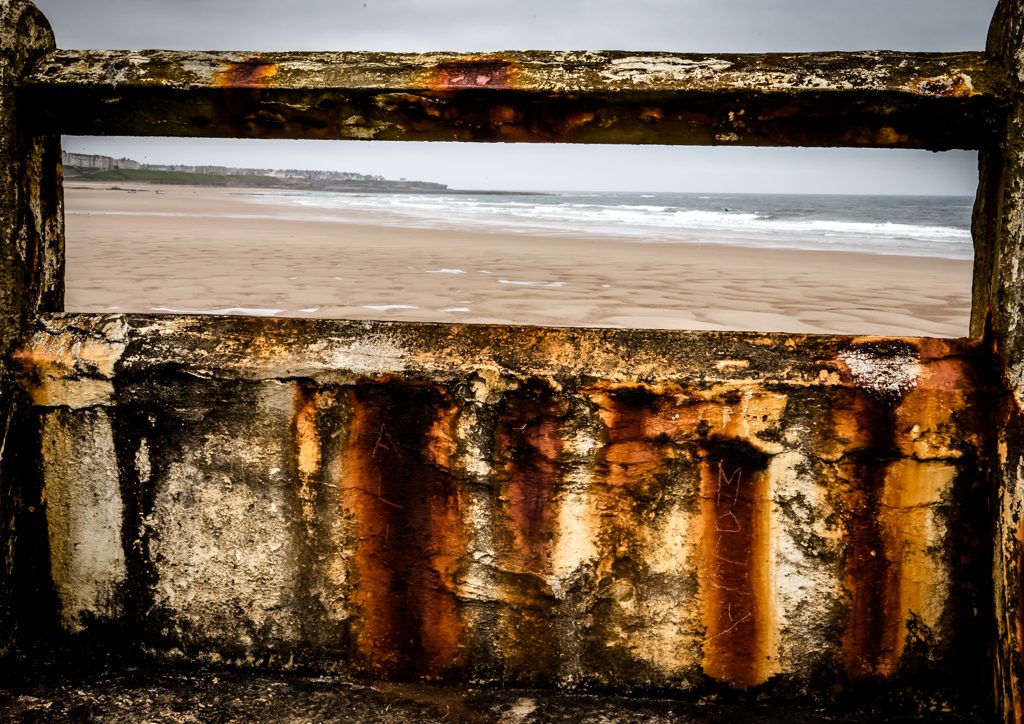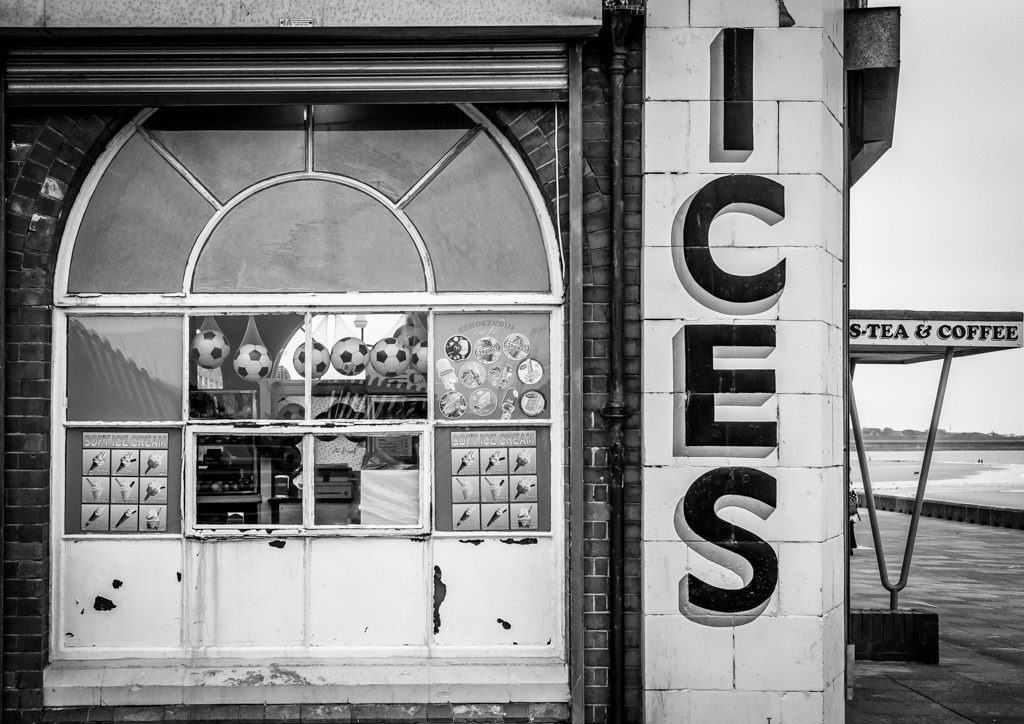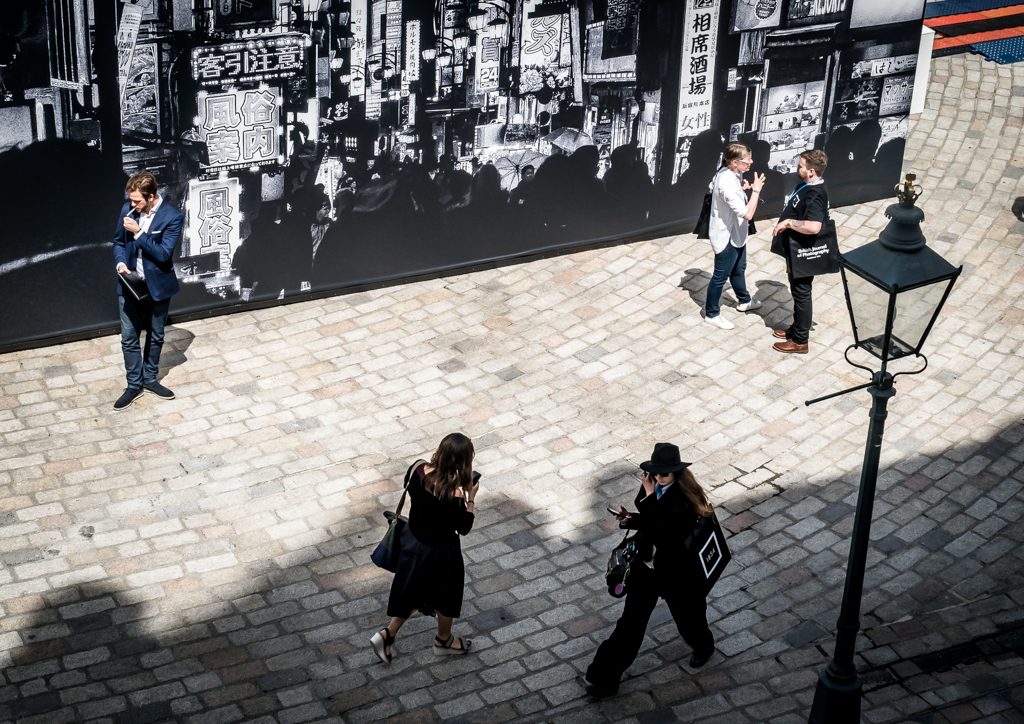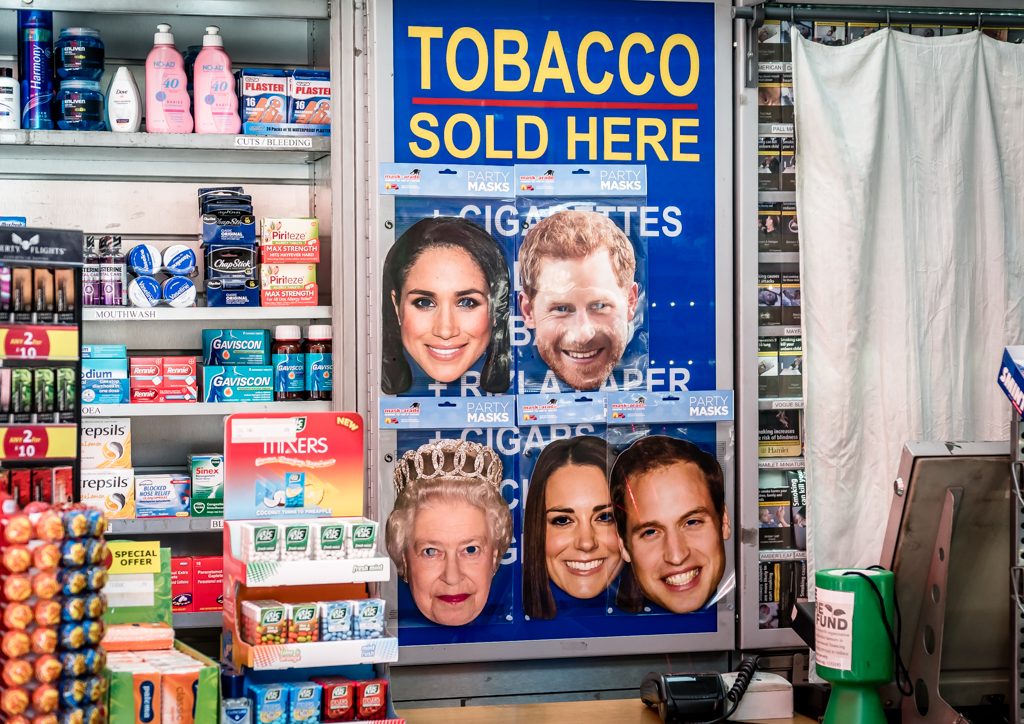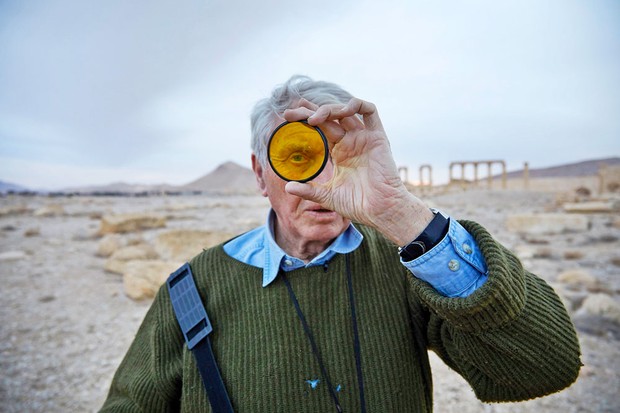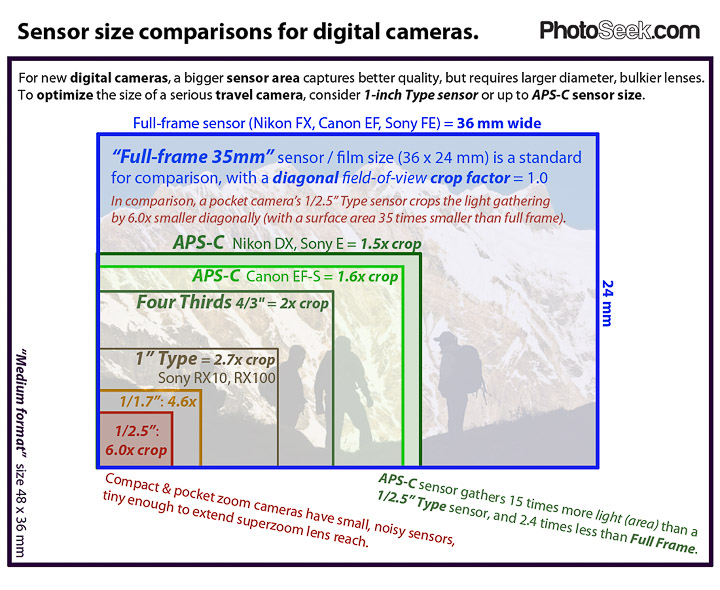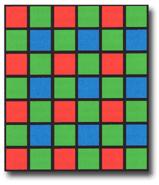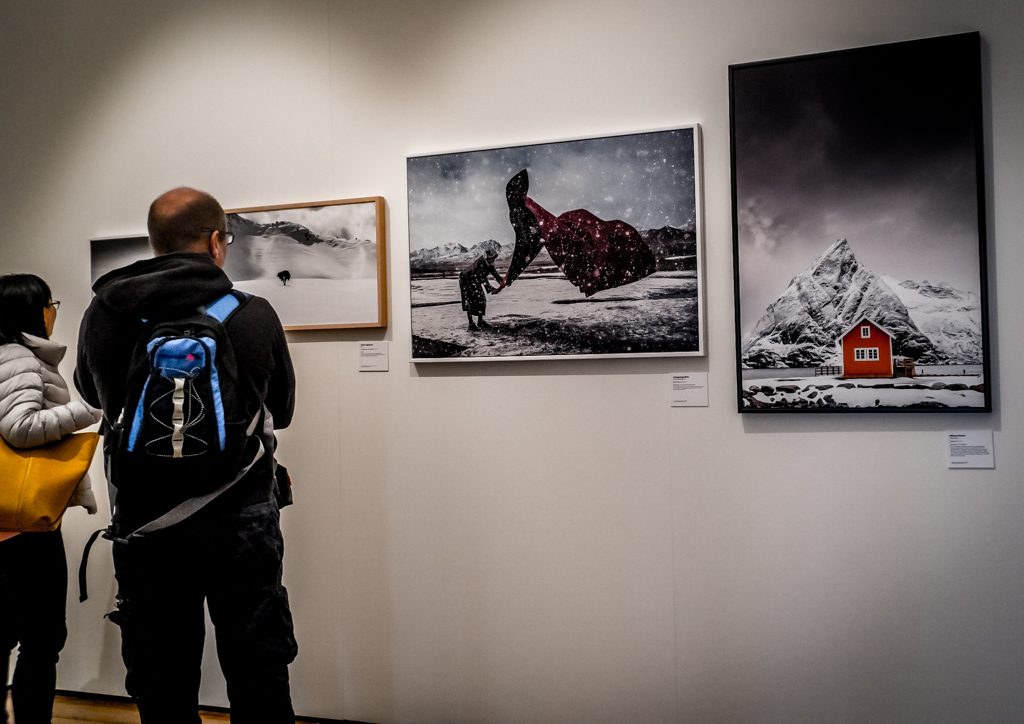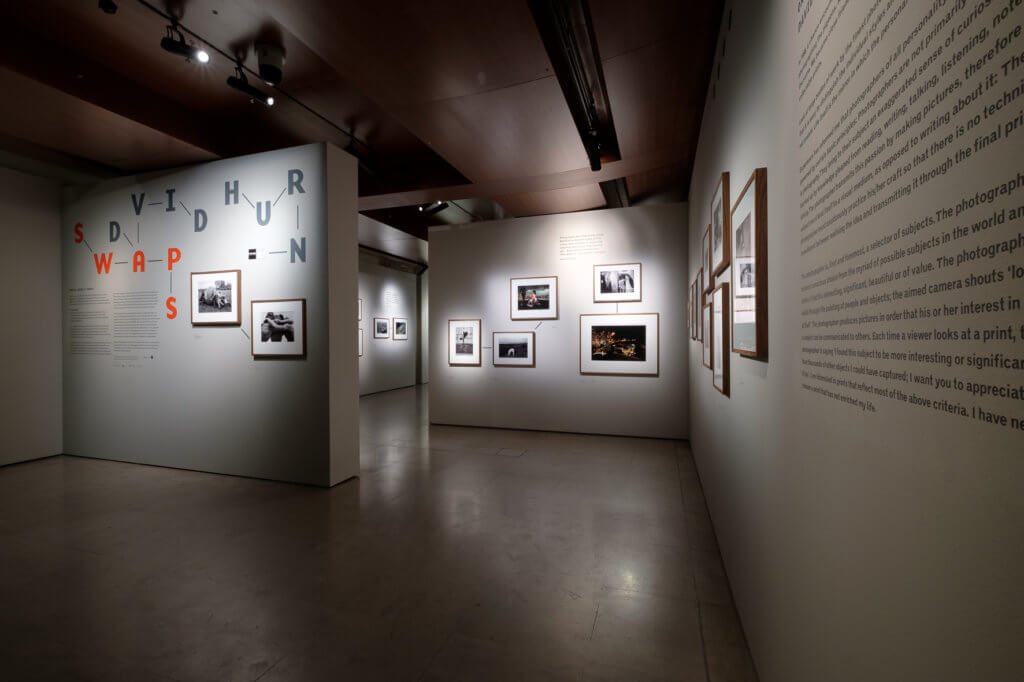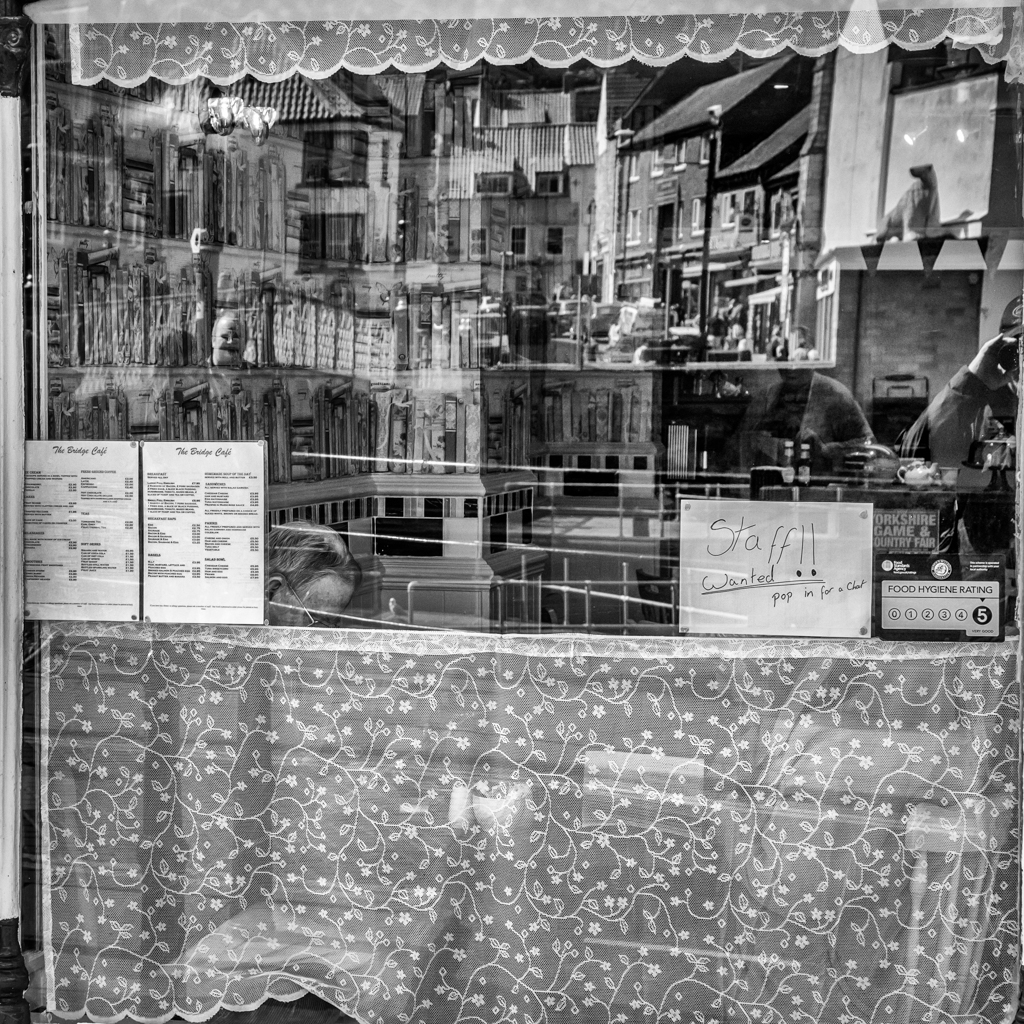
Reflecting On Whitby / John Gough / Sony a6300
Whitby in North Yorkshire is a cracking location for photography. It is set in the North Yorkshire Moors National Park, ideal for dramatic landscapes. It is on the coast with a harbour with two lighthouses. The estuary to the River Esk is a colourful mixture of fishing boats and pleasure craft. The town is overlooked by the famous gothic ruin of Whitby Abbey. There are also the over photographed one hundred and ninety nine steps down from the abbey into the town.
If you are into street photography then the visitors to the town are an exuberant cross section of mostly northern folk who are out to enjoy themselves. You could immerse yourself in street photography here for days.
My photograph does not capture the landscape, abbey or harbour, sometimes you have to find a different moment.
This Image was Taken on a Sony
